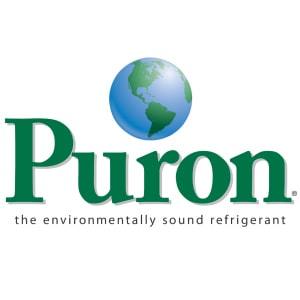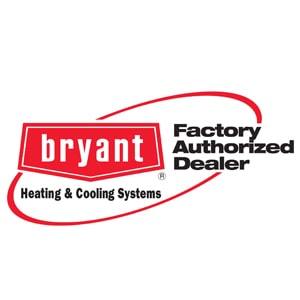Every thermostat has a manual setting called “emergency heat.” While many homeowners know they have this option, they may not know when to use it. Using emergency heat correctly can keep the heat on in your home, but it may also drive up your energy bills if used without caution.
What is Emergency Heat and When Should I Use it?
It is important to know what emergency heat is and when you should use it as it can help you stay comfortable in cooler months. However, if you don’t use it responsibly, you may see a jump in your energy bills. To find out more, read on.
The Role of the Heat Pump and Emergency Heat
The heat pump inside your HVAC system pulls heat from the outside air into the indoor system for ductwork dispersal. Since it is using heat already in the atmosphere, it does not need to use much of an alternative energy source (i.e., electricity, oil, or gas). The system may also use a supplemental heat source from an alternative fuel source in the furnace. Most of the time, you will only need to use the additional fuel source to help your heat pump deliver the right amount of heat.
The emergency heat setting allows a user to turn off the primary source of heat coming from the heat pump and use the supplemental heat coming from electricity or natural gas.
When to Turn on Emergency Heat Settings
Emergency heat settings are not for giving your heating system a boost during extremely cold times; they are for emergencies only. If your heat pump stops working or is damaged, the emergency heat setting will maintain an adequate level of heat within the home until a service provider can address the situation.
Depending on your supplemental heat source, running emergency heat for a long time will likely cost more than using your heat pump. Maintaining heat levels using electricity alone is always more expensive, but gas or oil pricing may vary.
Maintaining Your Heat Pump
Maintain your furnace and heat pump to reduce the need to rely on emergency heat during the winter. Here are a few tips to keep your heat pump in top condition:
- Watch for the emergency heat light. A light or signal should accompany the emergency heat setting. Occasionally this light will turn on, even if you do not choose “emergency heat.” This may mean you have a problem with your heat pump. Contact a service technician to inspect the pump and determine why your system started using emergency heat.
- Inspect the heat pump throughout the winter. Identify the pump outside your home and inspect it occasionally during the season. If you notice any snow buildup or damage to the pump, address it quickly to reduce the need to rely on emergency heat. Some of the most common heat pump problems affect the compressor, refrigerant levels, and physical damage.
- Schedule an annual tune-up. During an HVAC tune-up, a service technician will look at the heat pump’s components and your furnace system to identify any potential problems.
Emergency heat can keep your home or office warm if your heat pump fails, but it is not an advisable setting for everyday use. Use this information to understand and use your emergency heat setting as recommended during this winter season. If you have any questions or need assistance with your emergency heat setting, contact us today.






